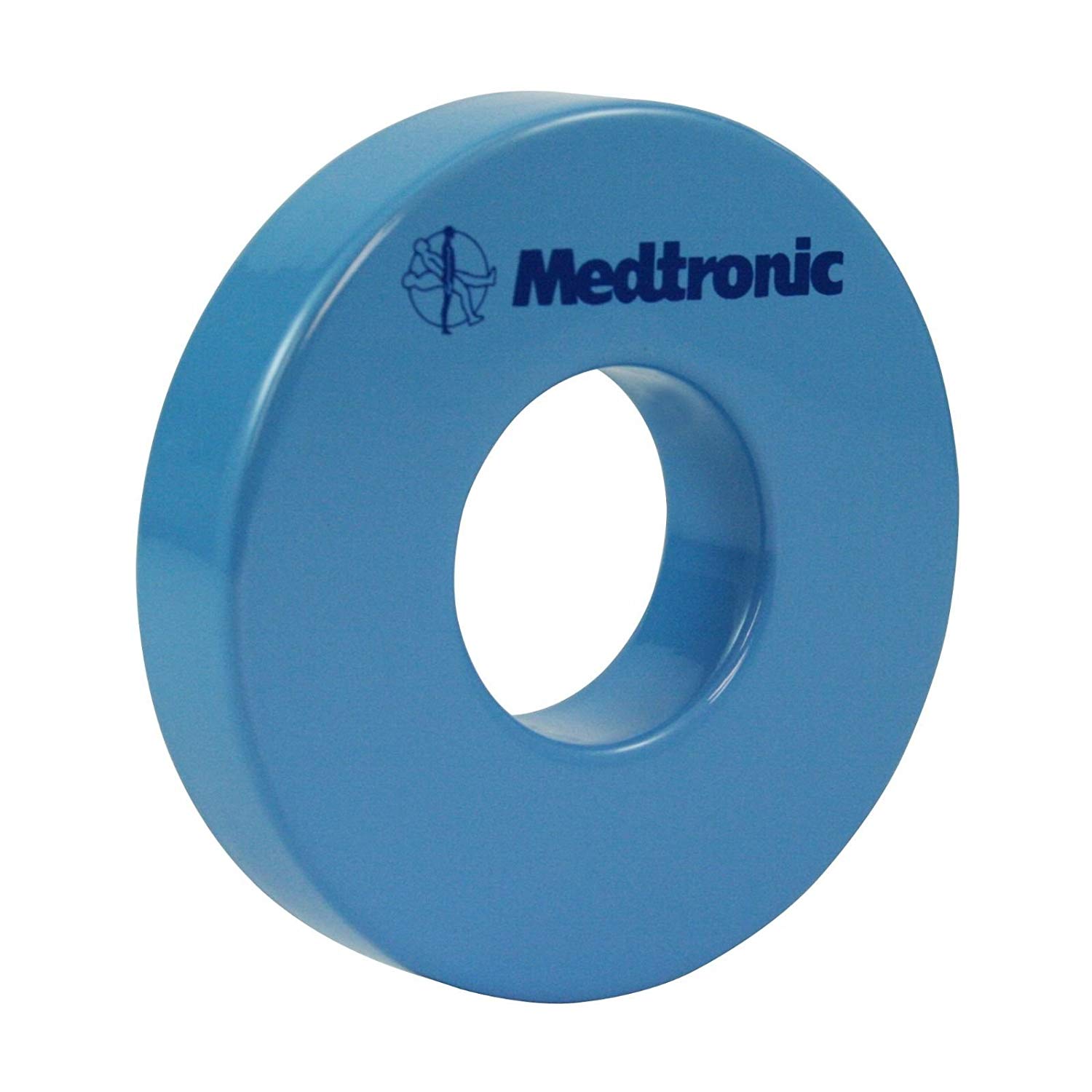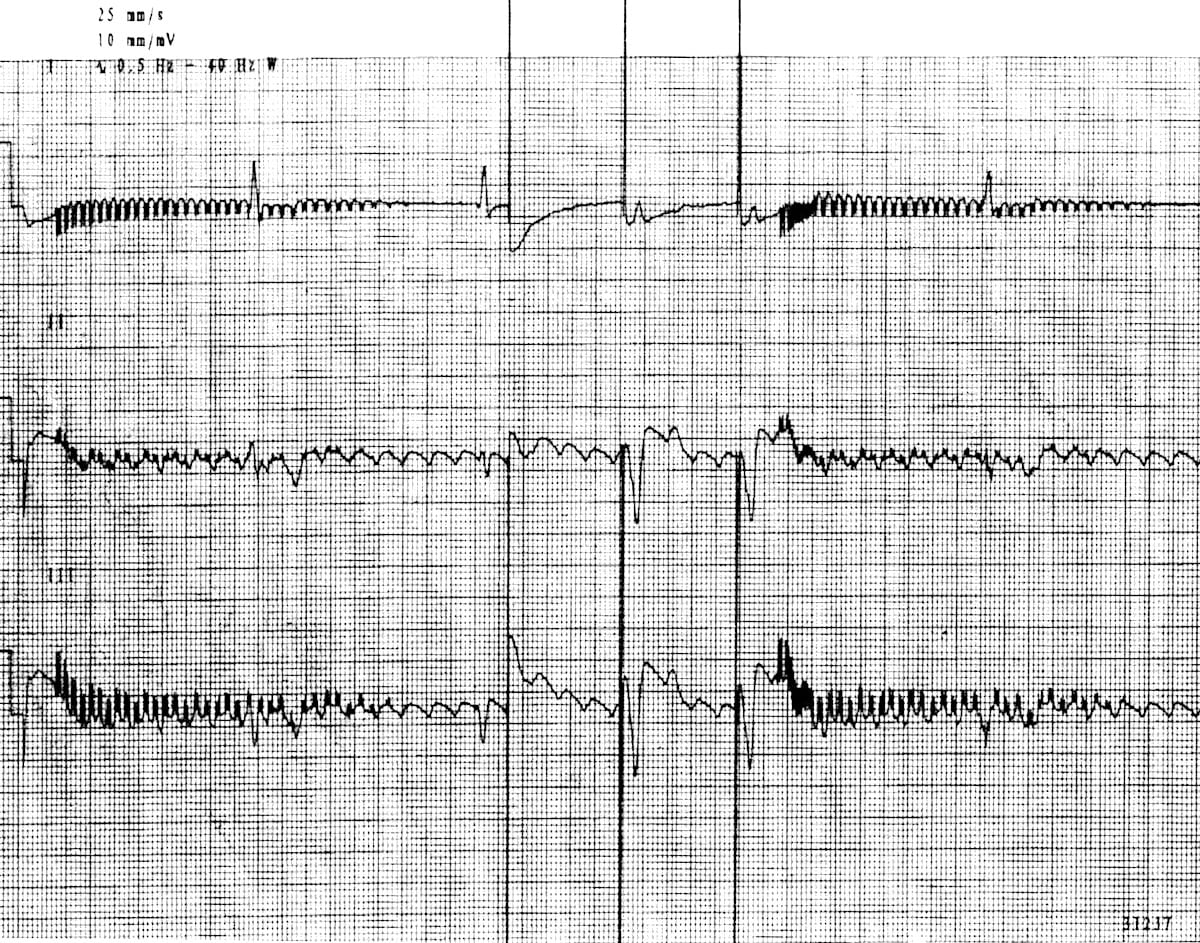Pacemakers
Usage
Pacemakers are implanted in the chest of patients and help to control ones heartbeat. They make the heartbeat of a patient more regular. They are often implanted following a medical emergency such as a heart attack or overdose but can also be permanently implanted to correct slow and/or irregular heartbeats. They only work when needed. For example, if your heart rate is too slow it will send pulses to speed it up. Newer pacemakers can also detect body motion or breathing rate, and increase heart rate during exercise. There are some newer pacemakers being developed that are implanted directly into the heart, and thus do not require leads, minimizing some risks and increasing speed of recovery.
Types
- Single Chamber - Usually carries electrical impulses to the right ventricle
- Dual Chamber - Carries impulses to right ventricle and right atrium to help control the timing of contractions between the two chambers
- Biventricular Pacemaker – Also called cardiac resynchronization therapy, this is for people with heart failure and abnormal electrical systems. Stimulates both ventricles to make ones heart beat more efficient.
Pacing Codes
Pacemakers are assigned a code that consists of 3-5 letters, denoting the function of the pacemaker in question. They are assigned these codes use a programmer, which is also used to save the data from a device, as well as trouble shoot those which are malfunctioning.
First Letter
- Indicates the chamber(s) paced: A = Atrial Pacing, V = Ventricular Pacing, D = Dual-chamber
Second Letter
- Indicates the chamber in which electrical activity is sensed: A, V and D = Same as before, O = pacemaker discharge is not dependent on sensing electrical activity
Third Letter
– Response to a sensed electrical signal: T = Triggering of pacing function, I = inhibition of pacing function, D = dual response (ex. Spontaneous atrial and ventricular activity inhibits pacing, but lone atrial activity triggers paced ventricular response), O = No response to underlying electrical signal (normally present when sensing function, second letter, is O as well)
Fourth Letter
– Represents rate modulation: R = rate-response (“physiologic”) pacing, O = no programmability
Fifth Letter
– Represents multisite pacing: A = Atrial, V = Ventricular, D = Dual (pacing + shock)
The simplest settings are VVI and AAI. VVI mode senses and paces the ventricle and is inhibited by a sensed ventricular event. AAI does the same, but in the atrium. The most common setting, on the other hand, is DDD which means that both chambers are capable of being sensed and paced.
Replacement
The battery in a pacemaker is sealed inside, and thus when the battery dies the pacemaker will need to be replaced. Battery levels are checked by doctors and burses, and pacemakers themselves can check their batteries to see when they are getting low. When medical professionals check the battery levels, they do so through magnet inhibition. Pacemakers are coded to adjust their asynchronous rates based off of their battery levels. A common rate is 100 bpm for a fully charged pacemaker, and this drops to 85 bpm when replacement is recommended. These rates do vary between manufacturers, so knowledge of the model implanted is important to ensure patient safety.
| User | Last Update |
|---|---|
| Lesley Lang | 1214 days ago |
| Former user (Deleted) |



